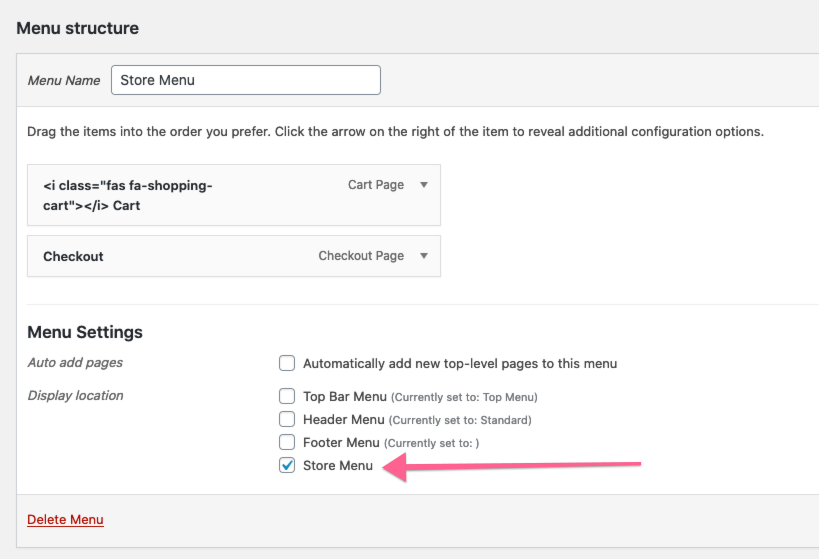

- #Add php to new file menu how to#
- #Add php to new file menu manual#
- #Add php to new file menu windows 10#
- #Add php to new file menu pro#
- #Add php to new file menu Pc#
This New Item option allows users to create a new file in a particular folder. Among the included features, you will find an option called “ New Item” in the Home tab of File Explorer’s ribbon.
#Add php to new file menu windows 10#
Is there a file type you would like to add to the New item section of the Windows 10 Context Menu? Share your thoughts and opinions with your peers at TechRepublic in the discussion thread below.Windows 11/10 comes with several useful features, and the ribbon menu of File Explorer is one of them, which helps users to carry out various tasks including Select, Cut-Copy-Paste, Share, etc.

#Add php to new file menu how to#
Avoid Windows 10 crapware: How to get rid of Candy Crush and all the rest (ZDNet).
#Add php to new file menu Pc#

These problems and others greatly limit the usefulness of the New item section of the Windows 10 Context Menu. Other file types that operate as viewers of files will also fail since they are not designed to create a file from scratch. For example, file types associated with Google Docs will create new files, but they will not function because they require the services of a web browser. While you can add practically any file type to the New menu using this technique, it will not always work as expected. After you complete these steps you should be looking at Figure D.Įxit the editor and the next time you bring up the Windows 10 Context Menu | New item you should see a new entry in the list, as shown in Figure E. Right-click the NullFile item you just created and give it the Value of 1. Right-click the ShellNew key and then select the New | String Value item. Give the newly created key the name ShellNew. dotx entry and then select the New | Key item. dotx, which is the file type associated with Word Document Templates ( Figure C). Scroll down the long list of file types until you find the one you are looking to add to the New menu. Once in the editor, navigate to this section in the left navigation screen and expand it, as shown in Figure B: The first result from the search should be the Windows Registry editor, click it to load the app. To start the process, type regedit into the Cortana search box on the Windows 10 Desktop. As always, you should create a valid restore point before you make any changes to the Windows Registry. Warning: As such things go, this edit of the Windows Registry is straightforward and simple, but all edits of this file are potentially dangerous and should be approached with great caution.
#Add php to new file menu pro#
SEE: Windows 10 power tips: Secret shortcuts to your favorite settings (Tech Pro Research) Add to the New Context Menu Here are the steps to follow when adding items to the Context Menu.
#Add php to new file menu manual#
The addition, and the subtraction for that matter, of items from this menu requires a manual edit of the Windows Registry. While you might think adding items to the New section of the Context Menu in Windows 10 would be easy, it is not. The new files you can create from this menu are limited to a few of the more common types, all of which are familiar to experienced users of Windows. Besides the common commands like Share, View, and Control Panel there will be an expandable menu item for creating New files ( Figure A). If you right-click on the empty space of an open window in File Explorer or on the Desktop itself, you will be presented with a set of context-sensitive menu items. However, for many users the best way to start a new file is with the Windows 10 Context Menu. You can click or tap an icon on the desktop, or on the Taskbar, or off the Start Menu, or just click an existing file associated with the application from File Explorer–just to name a few. I have never counted, but there are probably over a dozen ways to start a new file in an application in Microsoft Windows 10. You can add a new file type to the New item section of the Windows 10 Context Menu, but you will have to edit the Windows Registry. How to add a new file type to the Microsoft Windows 10 Context Menu


 0 kommentar(er)
0 kommentar(er)
